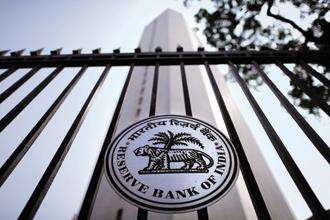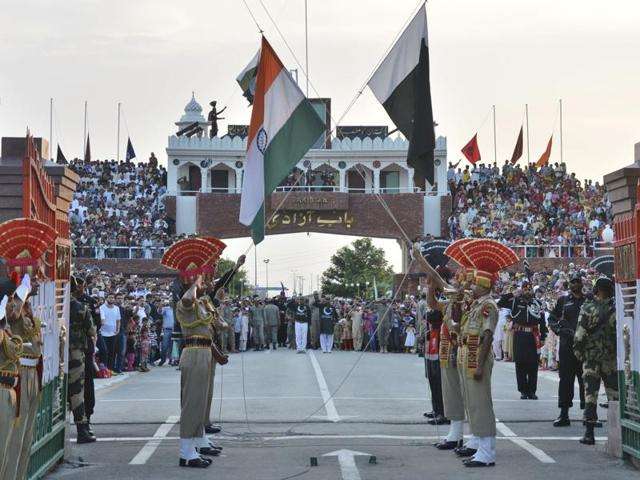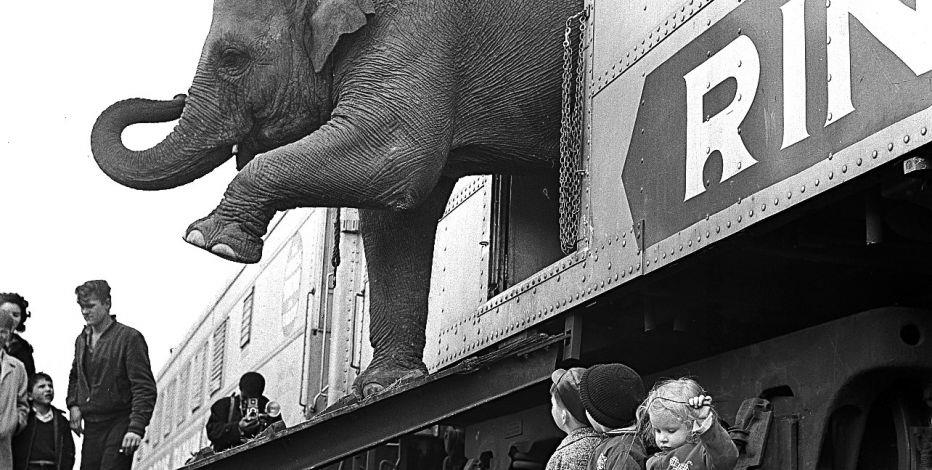September 7, 2015
Addressing a press conference last week, the chief economic adviser (CEA) in the finance ministry, Arvind Subramanian, cautioned that India is risking deflation. “Price-wise, the Indian economy appears to be in or close to deflation territory and far away from inflation territory,” he said.

September 7, 2015
Addressing a press conference last week, the chief economic adviser (CEA) in the finance ministry, Arvind Subramanian, cautioned that India is risking deflation. “Price-wise, the Indian economy appears to be in or close to deflation territory and far away from inflation territory,” he said.

The perception in the government is that RBI is being too theoretical and, at times, didactic in its pursuit of inflation and targeting toxic assets. Photo: Reuters
The CEA’s remarks are in severe contrast to the views of the Reserve Bank of India (RBI), which believes that the threat of inflation is yet to abate. In its monetary policy review last month, RBI actually discounted the current downward trajectory in inflation numbers by saying, “Large base effects, which the Reserve Bank will look through, are expected to pull down headline inflation in July and August. From September, favorable base effects wane.”
Take the two together and it is obvious that the government and RBI are not on the same page. Not just that. They have fundamentally divergent views on the challenges facing the economy—while the government fears deflation, RBI believes inflation is the macroeconomic threat. It is probably the first time in the history of independent India that the two have differed so fundamentally on the state of the macro economy.
The perception in the government is that RBI is being too theoretical and, at times, didactic in its pursuit of inflation and targeting toxic assets. On the other hand, the central bank, justifiably, given past history, believes that it has to deal with the circumstance with an iron hand.
The publication of the minutes of the last meeting of the technical advisory committee ahead of the policy review on 4 August has only further queered the pitch.
Four out of the seven external members of the committee on monetary policy suggested RBI should cut rates.
These members believed RBI would easily meet its headline inflation target of 6% for January. Further, they noted, very akin to the CEA’s point of view, that domestic demand conditions were weak, while growth in bank credit, industrial production and exports were low.
Indeed, it is the worst kept secret in Lutyens Delhi that all is not well between RBI and the government. To be sure, officially, both sides continue to sing platitudes about the relationship. Again, this is not the first instance where the government has differed with the central bank, and it is unlikely to be the last. Tension between the two is expected and is actually a good thing. However, it is one thing to have disagreements, but not so fundamentally.
Because, what the face-off is telling us is that both radically differ on the diagnosis. An obvious corollary is that policy prescription, like it would between two doctors treating the same patient with different diagnosis, will differ.
These differences are coming to a head at a time when the government is considering a fundamental governance transition for the central bank based on the Financial Sector Legislative Reforms Commission headed by retired Supreme Court justice B.N. Srikrishna, which submitted its report in 2013. Among other things, it suggested a seven-member monetary policy committee, with a majority from RBI, and retained the veto power of the governor in deciding interest rates. However, the draft Indian Financial Code incorporating these changes and circulated for discussion early last month framed this clause very differently—it vests with the Union government the right to appoint four members and withdraws the veto powers of the governor.
Expectedly, it set off a fresh round of recriminations. While, officially, both sides sought to play it down, self-appointed cheerleaders weighed in and turned it into a very rhetorical exchange. A safe guess that it did anything but clear the air; since many comments sought to reduce it to a personality face-off between Raghuram Rajan and Arun Jaitley—instead of viewing it as a difference over institutional reforms.
What is happening is that these differences between the two sides are beginning to pile up, though popular perception continues to be that it is all about the rate cut.
The big question is whether it has reached the point of no return. Or will both sides have the sagacity to draw back from the brink and recognize that each is working to maximize the interest of the economy—the first step towards retrieving the situation.
Courtesy: Live Mint

















































































































